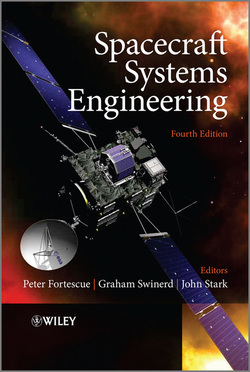 Cover of 4th Edition
Cover of 4th Edition I’ve been involved in SSE for the 3rd and 4th Editions as principal editor and coauthor – the book has about 700 pages so I haven’t written the whole lot. I share the authorship with a merry band of about a dozen technical experts (to whom I am very grateful), so that we can cover the engineering design of spacecraft at a level which is hopefully useful to people involved in the process. So unless you like equations, or maybe you’re having trouble sleeping (!), you shouldn’t consider buying a copy. It also received an award for scientific literature, which required me to make a very enjoyable trip to Vancouver in 2004.
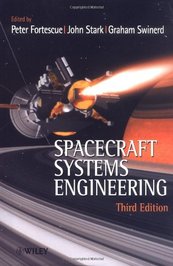 3rd Edition
3rd Edition If SSE goes to 5th edition, upon which mission should we bestow a good omen by featuring it on the cover?!

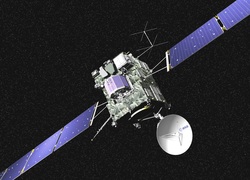
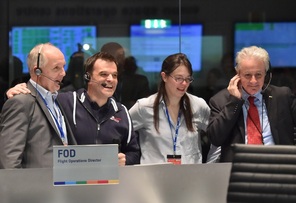
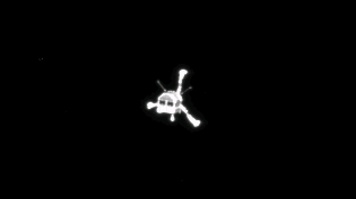
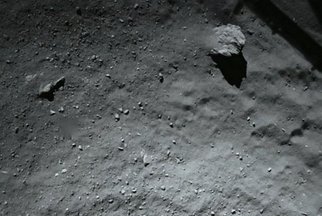
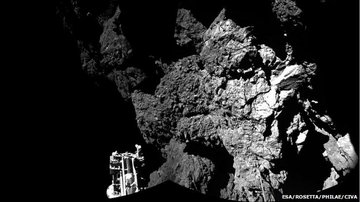
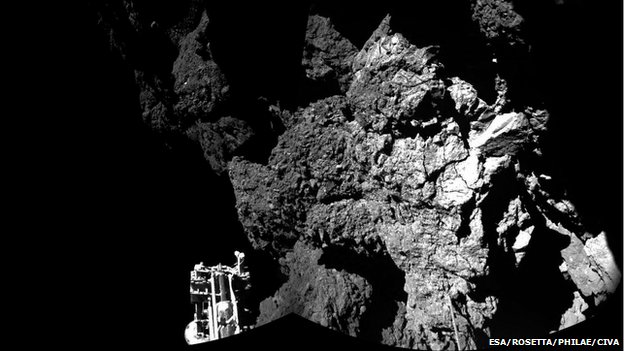
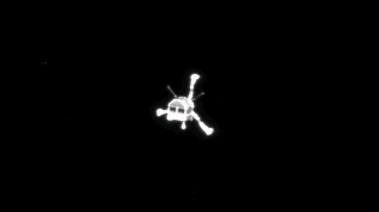
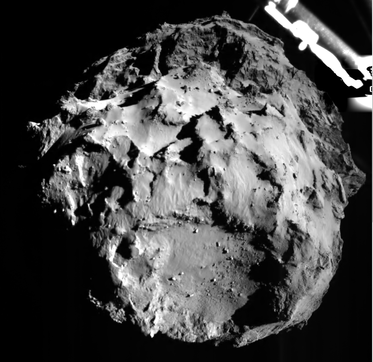
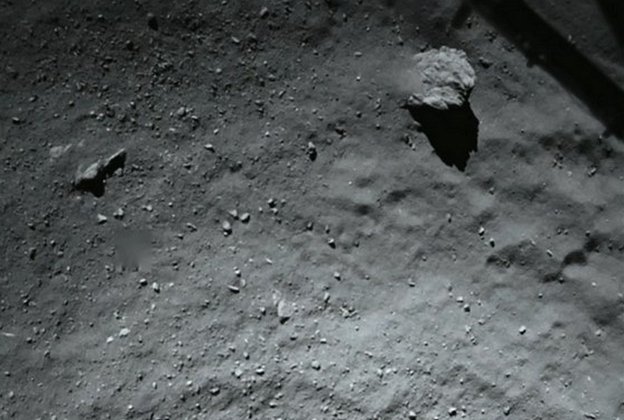
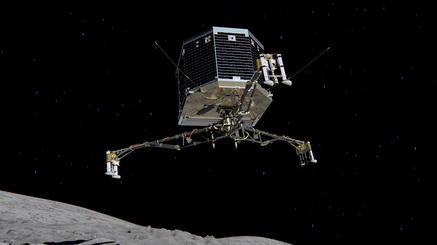
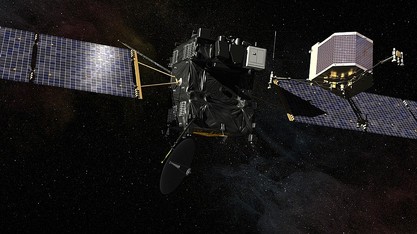
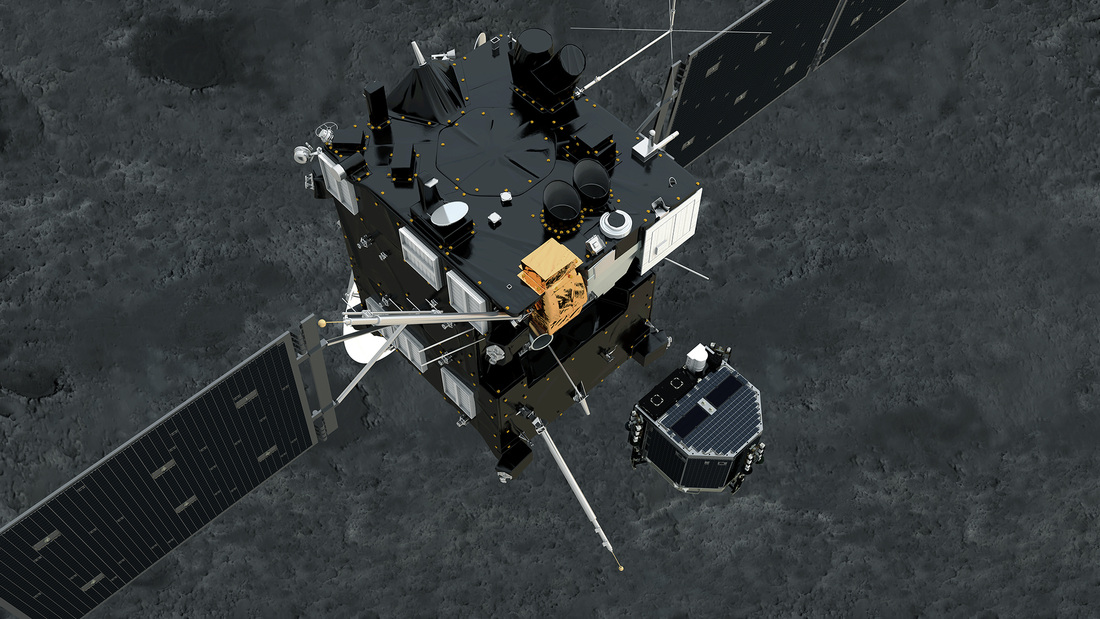
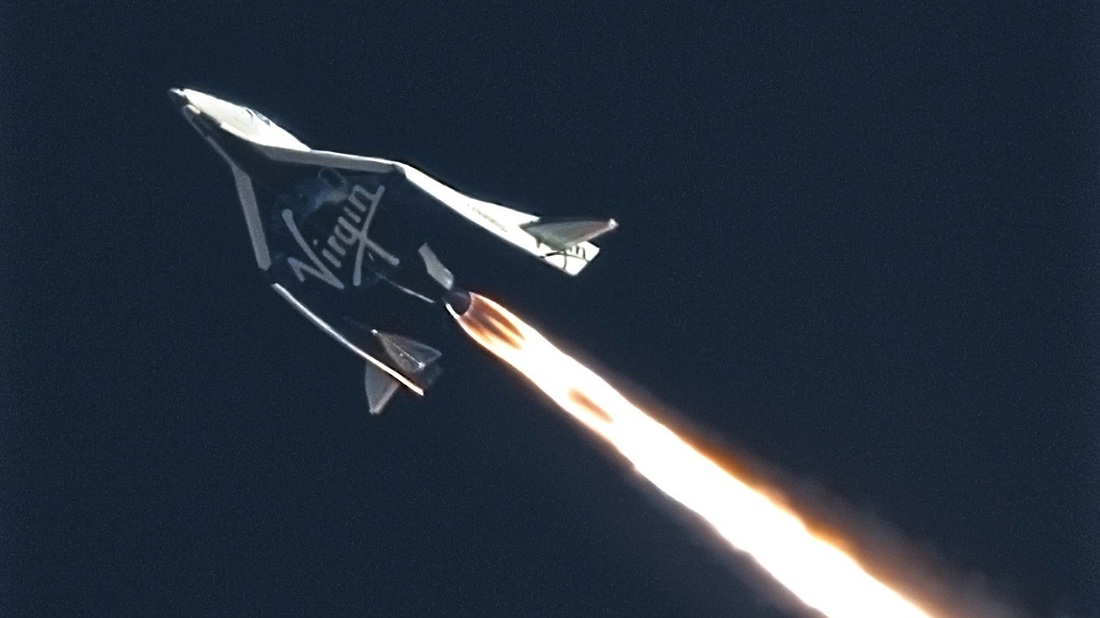
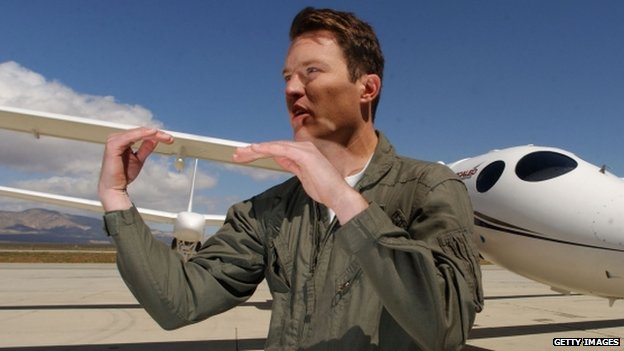
 RSS Feed
RSS Feed
